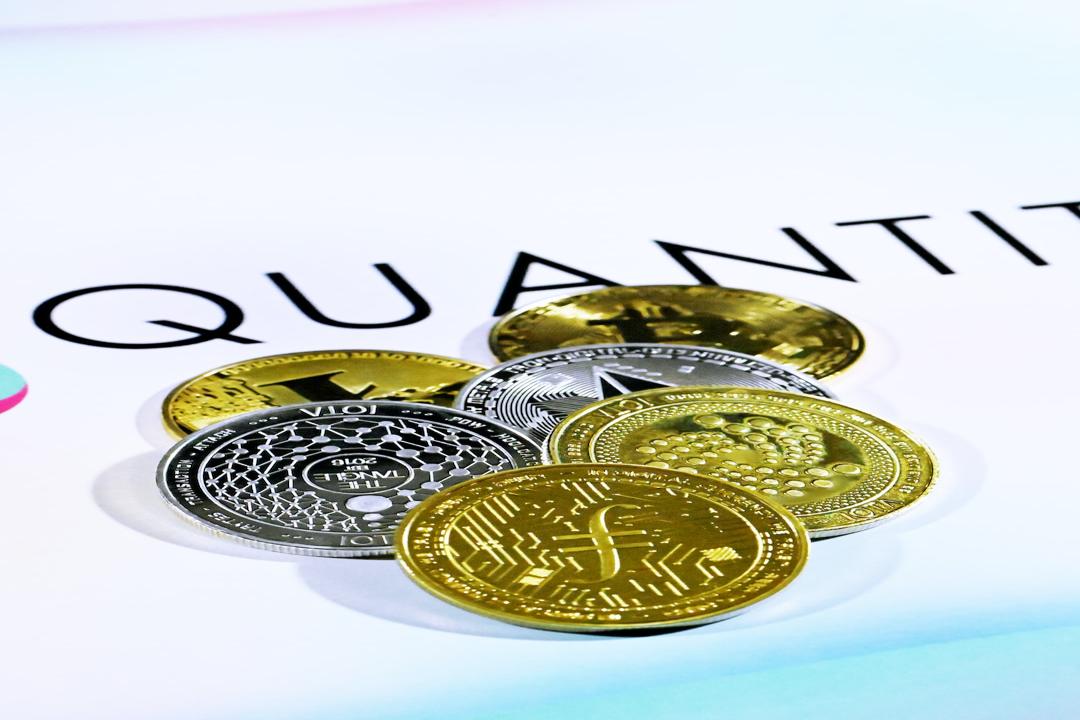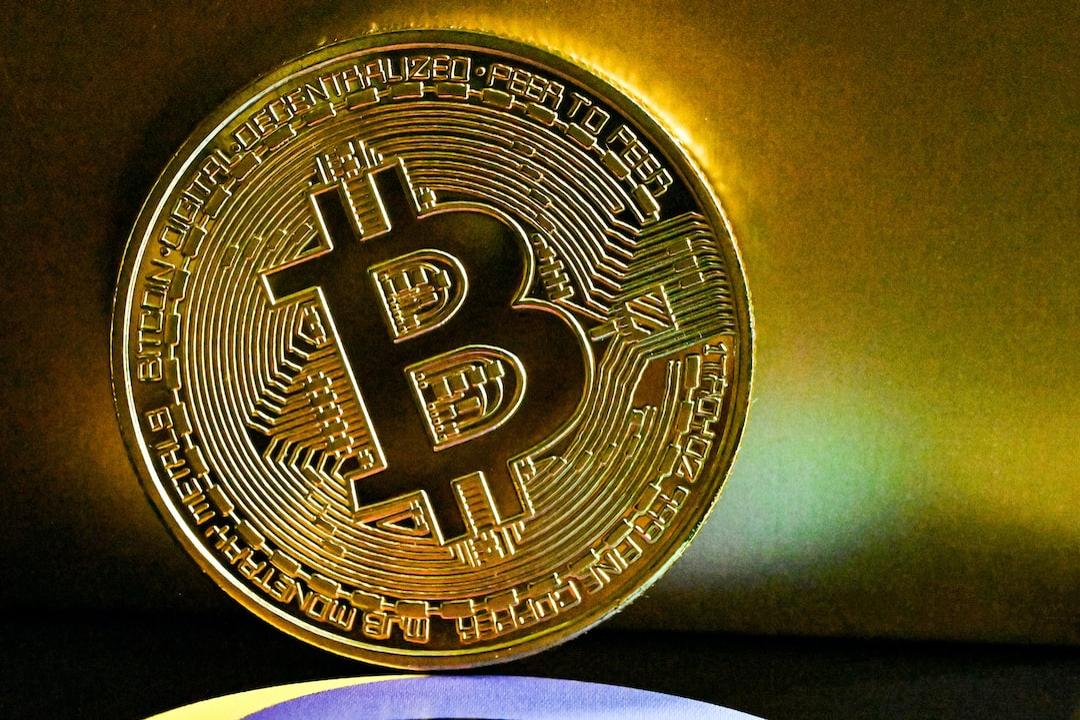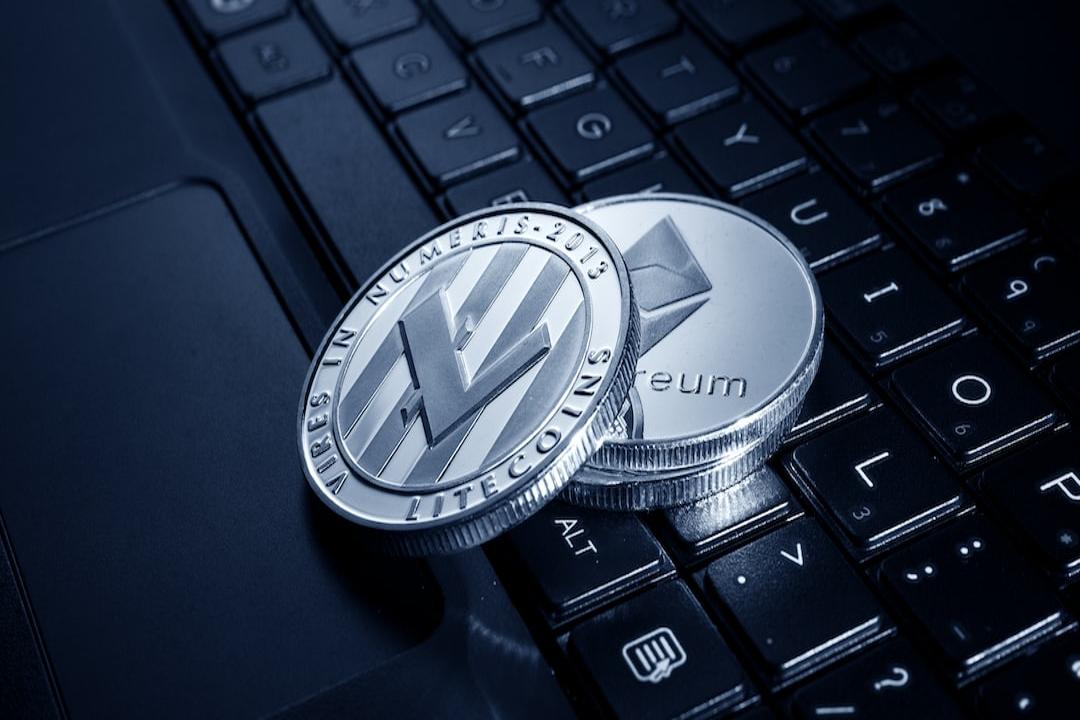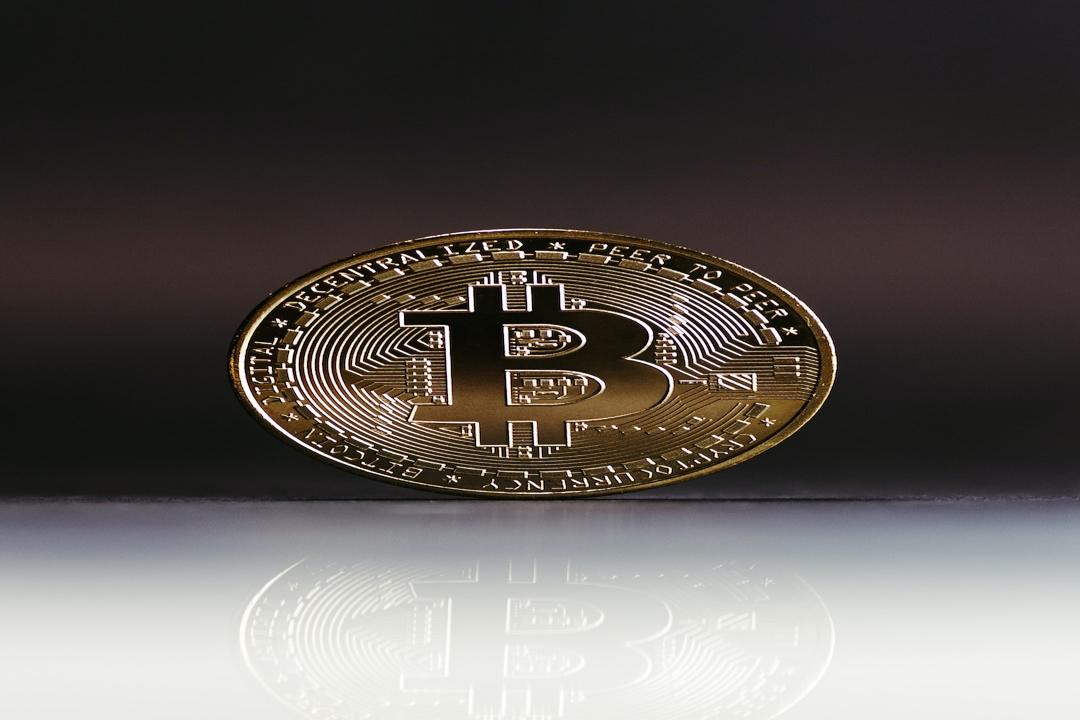How to describe Solana?
Rebirth in the ruins of FTX, a gathering place for gold dogs, cheap and easy to use… These close-to-asset labels clearly cannot fully describe the ambition of Solana.
It does both chains and phones, and now even wants to enter social media.
Yesterday, Solana announced another new product (or technology stack) – Solana Blink, which converts any on-chain operation into a shareable link and can be embedded in any social media and website.

From the name, Blink is actually an abbreviation for Blockchain Links, which is the aforementioned sharing link; but the abbreviation Blink (meaning blink) is also a pun:
On-chain operations, obtained in the blink of an eye.
Just one link to embed on-chain activities in social media, isn’t it a bit like Farcaster?
Similar, but not exactly the same.
Brief introduction of Actions and Blinks
Actions, formerly known as Solana Pay transactions. The broader term “Actions” expands the initial use case of payments, covering minting, swapping, voting, and other operations.
Blinks (blockchain links) transform Actions into shareable, metadata-rich links, and the client (the user interface portion of the application) can display more features for user interaction.
Actions and Blinks can be distributed in various formats: links, QR codes, push notifications, messaging apps, etc.
This integration was co-developed by Dialect Labs, a company focused on messaging, notifications, and in-app operations products.
Practical demonstration of Actions and Blinks
The best way to experience new features is to view real-time examples! If you are interested in viewing these examples, please install the Phantom or Backpack extension on your desktop.
Phantom (crypto wallet) shared a real-time example, using Blink to allow users to purchase Bonk with SOL.

Jupiter also shared a real-time example, using Blink to allow users to purchase Jupiter tokens with SOL.

These initial examples are not only cool – they have a wide and exciting impact on the future.
Making on-chain activities easier: pros and cons of Blinks
The benefits of Actions and Blinks are obvious. They make on-chain transactions easier, expand the channels of awareness and acquisition, and they are flexible enough to be used in various applications and platforms, such as X, Discord, etc.
Fewer clicks = more convenience = higher possibilities for action or participation
In the future, the following situations may arise:
Projects can launch their minting activities on mature markets such as Opensea or Magic Eden, as well as on platforms such as Discord, Telegram, and X.
Projects and their respective community members can create new interactive modes around participation, gamification, and recommendations.
New users entering the crypto and Web3 space can experience on-chain operations for the first time through simple and friendly tutorial modules on trusted applications, rather than through crypto wallet extensions.
On the other hand, this new feature also has some concerns, especially on platforms like X, the biggest concern is that Blinks may make scams more rampant. Imagine a world where celebrities can launch their memecoins with a few clicks and then promote them through Blinks (PS: The trend of celebrity coins has not stopped: Jason Derulo, Travis Barker, and 50 Cent have recently launched their own tokens, sigh).

As expected, and fortunately, Solana has recognized the potential risks and abuse, so they have implemented some protective measures at the initial release:
At launch, extension partners (Phantom, Backpack, Dialect) will only “expand” registered Action URLs on X. Developers must register their Actions with Dialect, and Blinks will present additional user interface features to enhance security.
Users must choose a wallet that supports Actions and Blinks, as this is an experimental feature.
If users attempt to connect to a domain not on the whitelist, they will be prompted to confirm trust in the site before proceeding with the operation.
Great power comes with great responsibility, and luckily, Solana understands the appeal of Actions and Blinks for mainstream adoption, while also realizing the potential for abuse, so they have taken a cautious approach to the release.
On-chain activity = one link
From the public content, the biggest difference between Solana’s Blink and Farcaster’s Warpcast application is universal adaptation.
What does universal adaptation mean?
In simple terms, Solana itself does not create a dAPP, but only provides the ability to link any on-chain behavior, which can be placed on platforms such as Twitter, Instagram, or any other website or app, without discrimination.
The official video provides a straightforward demonstration of the Blink user experience:
Someone posts a call for donations on Twitter and writes a post with a Blink link

After others see the post, the link becomes a donation page that can be used immediately, with a button to click for donation;

No need to jump to any DAO, DEX, or other dAPP, you can donate directly on the Twitter frontend (with wallet cooperation).

The donation is completed, the on-chain transaction takes effect, without the need to pay attention to the details behind the blockchain.
From this example, it can be seen that Blink actually transforms any on-chain activity into a link visible on the frontend, and any user on the frontend can click on this link or the page it represents (such as donation, creating NFTs, SWAP, etc.) without the need to jump to complete the on-chain operation.
The logic behind is encapsulated, and all that is visible is the user-friendly page interaction.
The technology stack that supports the implementation of Blink links is called Actions by the Solana official: an API that allows the construction of transaction messages using complex on-chain business logic, which can be browsed, signed, and sent by the client; and native social media buttons, QR codes, or URLs can initiate the call to Action.
Therefore, Blink is actually a kind of URL, which means that Solana’s way of implementing various on-chain operations is not limited to this one, and there is more room for imagination in the future.

Of course, Solana alone may not be able to accomplish this.
The technology behind Actions and Blinks was developed by Solana in collaboration with Dialect (@saydialect), and the functions mentioned above, such as voting, buying NFTs, and SWAP, may require Solana’s own ecosystem projects to provide the functionality.
For example, donations can be made using Sphere, NFTs can be bought using Tensor, and currency exchange may be done using Jupiter, and so on. In short, the capabilities are still provided by the ecosystem projects, but the presentation can be directly completed on social media platforms.
You don’t even need to know who provides the technology behind, everything has been packaged as much as possible.
The end of the circle, is it all about socialization?
Returning to the question at the beginning of this article, is this similar to Warpcaster?
In fact, from the results, it is indeed the same path, embedding on-chain operations into social media with one click, leaving the complexity to oneself and simplicity to the user.
However, if you think about the recent trends in the crypto world, you will find that everyone wants to go mainstream or make going mainstream itself a FOMO point, and they are all moving towards socialization in an unconsciously similar way.
It’s just that each has its own endowments and paths to implementation.
Farcaster is self-sufficient, making Warpcast, a decentralized social media platform, and using the FRAME framework to embed various on-chain operations, allowing users to see what they get on Warpcaster without jumping.
TON takes advantage of its own platform, Telegram, with built-in mini-apps for playing games and an integrated TON wallet to enhance the user experience.
In comparison, Solana is more like making connections, without making its own social media and without having social media. Instead, it provides another elegant way of parasitism – I can embed Blink on any popular, mainstream, and commonly used social media platform; I don’t care about traffic, I just use existing huge traffic.
Compared to others, Twitter is more mainstream, and crypto Twitter posts themselves have their own audience and circles. Choosing to focus on this platform is also a competitive advantage.

However, who will come out on top is probably impossible to answer. Each has its own advantages and audience. But one thing is for sure:
Everyone is thinking almost the same, and the end of going mainstream inevitably involves social support.
In the current state where the crypto experience is still poor, expanding new colonies to attract more users is a necessary step.
As a smart person, who will you board the spaceship of?
Subscribe to Updates
Get the latest creative news from FooBar about art, design and business.
Solana Introduces Blinks Feature Seamless Integration of Social Media on the Blockchain
Add A Comment

